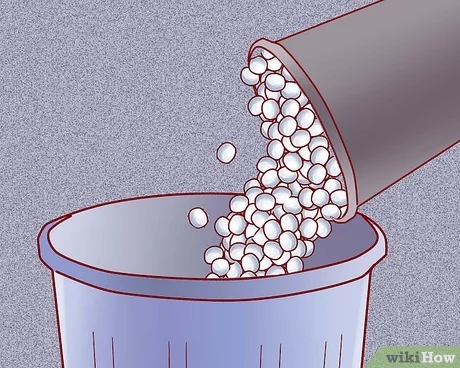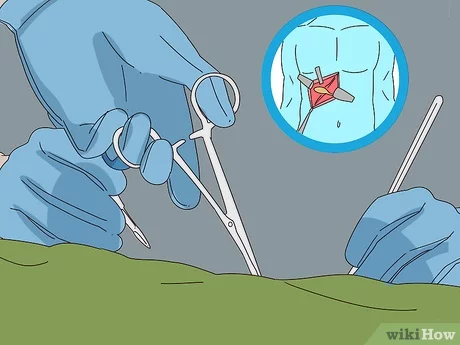6 Ways to Make an Explosion

Introduction
Explosions have always fascinated humans with their astonishing power and captivating displays. While they can cause significant destruction, understanding the science behind them helps one appreciate the unique phenomena they create. In this article, we will discuss six ways to make an explosion, ranging from relatively safe household methods to more advanced techniques.
1. Baking Soda and Vinegar Volcano
A classic science experiment, the baking soda and vinegar volcano creates a small eruption through a chemical reaction. When baking soda (sodium bicarbonate) mixes with vinegar (acetic acid), carbon dioxide gas is produced, causing a frothy explosion. This experiment can be carried out at home with parental supervision for an exciting demonstration of chemical reactions.
2. Mentos and Diet Coke Geysers
Another popular household method involves dropping Mentos, a type of mint candy, into a bottle of Diet Coke. The many small pores on the surface of the Mentos provide nucleation sites for the carbon dioxide gas dissolved in the soda. This results in an explosive release of gas, creating a geyser-like eruption that can shoot several feet into the air.
3. Chemical Explosives
At a higher degree of danger and complexity, deliberate chemical explosives have been developed for various uses. Examples include dynamite, C-4, TNT, and nitroglycerin. These compounds rely on rapid decomposition or combustion reactions that produce large amounts of heat and gas to generate powerful explosions. Handling these substances requires extreme care and is best left to professionals or under controlled environments.
4. Controlled Detonations
Used in construction, mining, and special effects industries, controlled detonations are carried out by experts in pyrotechnics and demolitions. They design a precise arrangement of explosives that will generate enough power to accomplish tasks such as demolishing buildings or excavating rock while minimizing risk to bystanders or the environment.
5. Atomic Explosions
One of the most powerful and well-known explosion types is the atomic bomb, like those used in World War II. Atomic explosions result from nuclear reactions – specifically, fission (splitting atomic nuclei) or fusion (combining atomic nuclei). The energy released during these reactions causes immensely powerful explosions with destructive shockwaves and dangerous radiation.
6. Supernovas
Although we cannot create these explosions on Earth, supernovas are the most colossal displays of explosive power in the universe. When a massive star reaches the end of its life cycle, it undergoes a catastrophic explosion called a supernova. In this process, it ejects much of its outer material into space and can briefly outshine entire galaxies.
Conclusion
Explosions can be fascinating, but they also come with inherent risks. It is important to remember that safety should always be a priority when exploring or experimenting with explosive reactions. By understanding the different ways that explosions can occur, we can better appreciate their power while ensuring responsible use for scientific or practical applications.






